First, a heads up on this blog; there are fewer pictures and there is no “travel” component as such, it’s been put together more to to provide information relevant to those possibly considering doing something like this in Australia and hence differs from our usual “ sights-based” content. During our travels here by campervan through 2023/2024 we’ve picked up invaluable tips and been given excellent advice from all manner of folks we’ve met along the way. Countless people have asked questions about the “how”, “how long”, “when”, “how much” etc, relating to long term van travel in the country. I promised a few I’d build a summary blog to address as many of those questions as I could in order that so much of what we have learned might be shared with others. Hopefully those contemplating an extended trip down here ( with or without your own campervan ) will find this useful. Most reading this would be coming from North America or Europe.
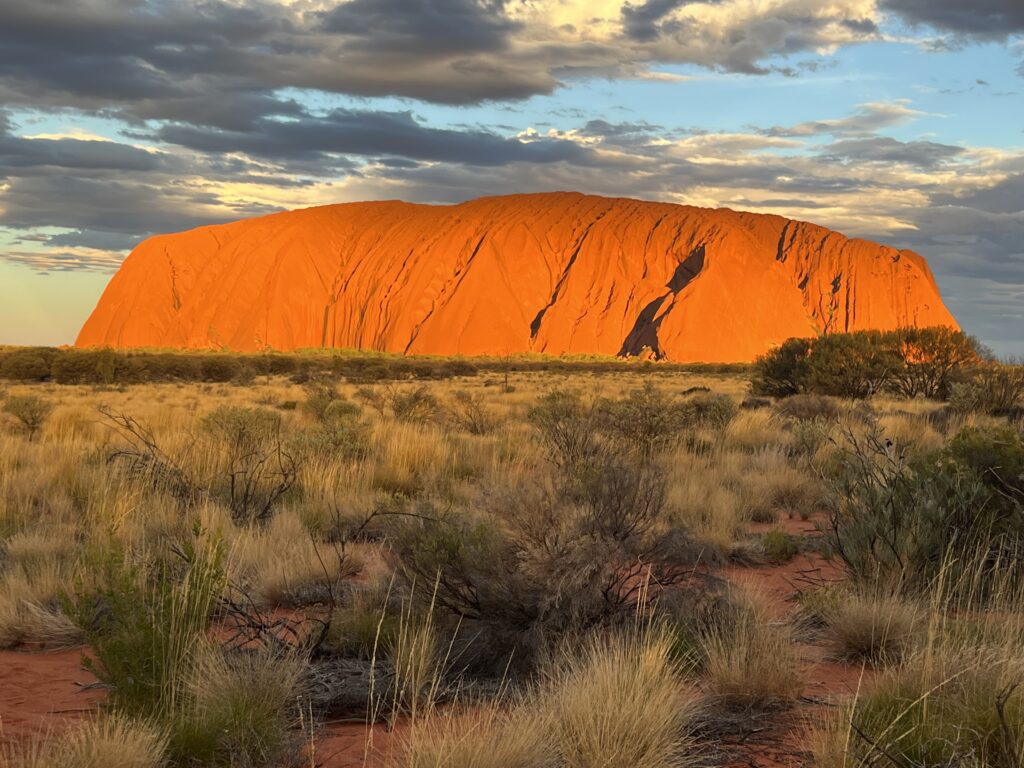
When To Go:
Given the great latitudinal difference between the north and south of the country, it’s always a great time to be travelling somewhere in the county. In fact, the Australian winter ( June-August ) is considered high season for travel in the northern part of the country and the outback in general. Simply too hot and/or humid at any other time and subject to heavy rains. A bit of a generalization but the southern half is best in the Australian summer. It’s usually very easy to plan your travels to be in the best weather at least most of the time so it does not really matter when you come unless your time is limited and you have a very specific part of the country in mind.
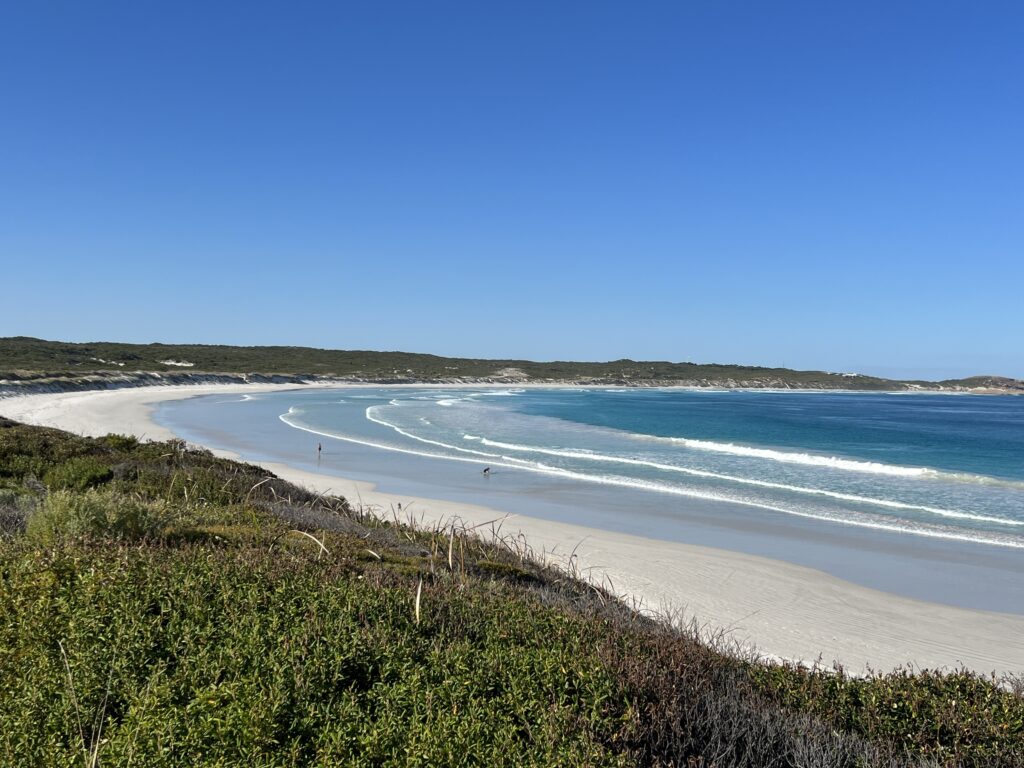
Travelling By Van:
The primary reasons for shipping in our van were:
a) Australia was just one part of a bigger global trip so we had/have no intention of buying and selling ( or renting ) everywhere we go,
b) We’d be here a long time ( 12 months plus ), and
c) We could go anywhere we wanted – rentals place significant restrictions on where you can go and unless you buy something with 4×4 capability many of the best parts of Australia are out of reach. It’s extremely expensive for a long rental as well. Renting was not viable for us.
I’ve previously compiled information on the shipping “to” Australia here, and of course the shipping “out” of Australia was detailed in last week’s blog, so won’t elaborate any further on that this week.
You don’t need to bring your own vehicle of course, and it only starts to make sense economically if a) you already own a suitable van, and b) you plan to spend at least 6 or more months down here. Otherwise, renting may make more sense. Alternatively, buying and reselling is viable and lots of ( predominantly ) younger travellers do it, but almost all of those would be in vans in the sub $A10,000 bracket where any valuation drop on sale would likely be modest. Also, that price bracket has a ready resale market. The more expensive the van, the more difficult the resale process and the bigger the risk of material loss on sale, and possibly a lengthy sale process – one has to allow some “sale time” prior to departing, not the fun part of the buy/sell strategy !
For us a campervan was always the way to go when setting off for global travel ( which included Australia ). Not too big to be awkward to drive, there being nothing to tow, it being easy enough to park, relatively affordable to ship, 4×4 capable and ( veryimportantly ) fully self-contained. For us, simply the ONLY vehicle choice that represented the combination of all the things we wanted and needed for overland travel. We have so far been extremely happy with the choice.
Cost of Living/Travelling in Australia:
We have had lots of questions on this. Generally similar to Canada, very broadly speaking, but probably higher than the US.
Fuel was by far our biggest expense and we probably averaged about $A1.85/litre for diesel. That “average” is probably a bit high because of the long distances we covered in more remote ( and thus more expensive ) areas. Stay near the cities and you’ll pay less. Unleaded gasoline is slightly cheaper than diesel in most places. Fuel cost matters because a) distances are huge, and b) campervan/RV’s tend to use a lot of it. Our 3.0 litre turbo diesel Sprinter averaged about 13.5 litres/100 km or 17.5 miles per US gallon overall ( we did not think that was too bad ). If you are driving a gasoline/petrol vehicle the base grade in Australia is 91 octane, much higher than the standard 87 in Canada and even 85 in some parts of the US, so not exactly an apples and apples comparison I suppose. In North America most folks use the GasBuddy.com ( app ) and in Australia, the PetrolSpy.com.au ( app ) to seek out the best places to fill up. These apps are hugely valuable as prices can move significantly between different centres..
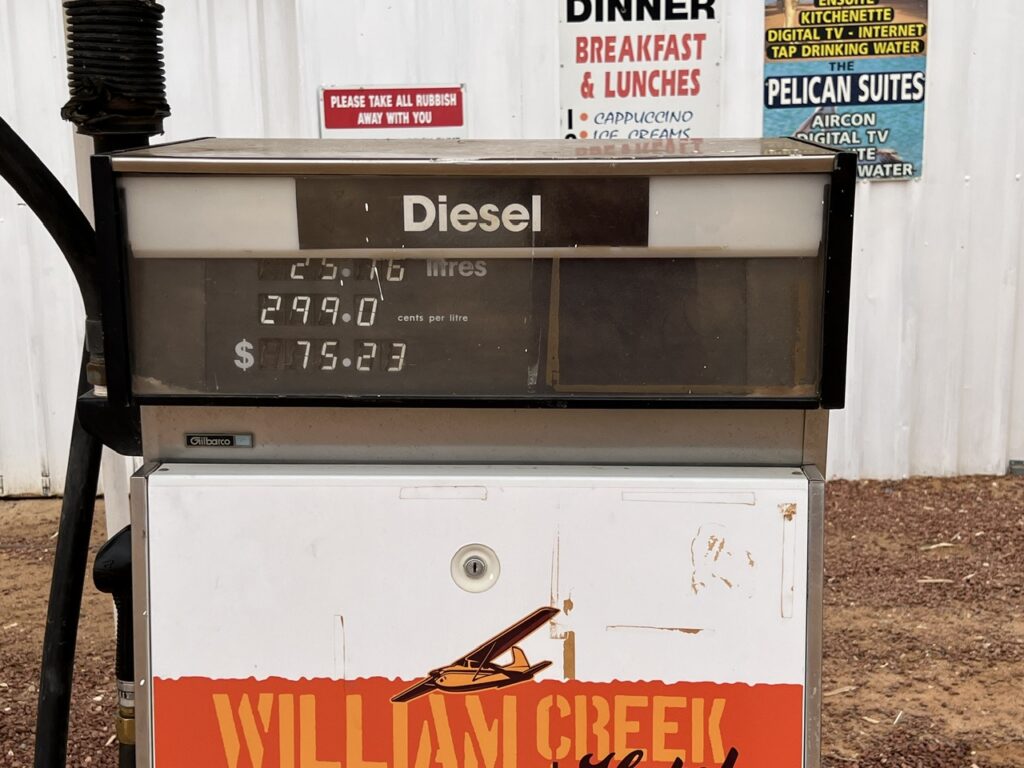
When it came to food prices ( our next biggest expense ), Lois felt Australian prices were definitely a bit lower than those in Canada, but probably above the US. The current exchange rate helped a bit with the Aussie dollar averaging about 65-66 cents US and 87-88 cents Canadian during our time here. It can often be higher than that thus making it more expensive for visitors. Two huge food retailers dominate in Australia, Coles and Woolworths, ( though Aldi stores, very popular, are also widespread ) – one can simply Google their websites to look at prices for specific items.
I’m a beer drinker, Lois enjoys wine. Australia makes plenty of both ( of excellent quality, the wines probably globally more well-known ). Note – no one I met in 13 months drank “Fosters”, nor does any Aussie consider it the national beer. Advertising myth…! Aussies buy beer typically in a 24 or ( now ) 30 pack and it’s by far the most economical way to buy it. You’ll pay a hefty premium to buy beer in 6 packs ( and almost no one does ). Prices for beer and wine are broadly on par with Canada but again not as cheap as the US. I’m talking prices at major liquor retailers, such as Dan Murphy’s, not prices in restaurants.
For most folks, those would be the big items. Beyond these fairly standard expenses costs will vary depending on lifestyle choices.
Camping:
This was one of the great joys of travelling by van in Australia. Finding free ( or “wild” ) camping spots ( also known as “boon-docking” in North America ) is generally very easy in Australia and the practice is very widespread. Everyone, and I mean EVERYONE, uses an app called Wikicamps which is an excellent camping tool and will save travellers huge amounts of money. There are a host of other free or low cost camping apps and Facebook groups dedicated to helping you find a safe, free ( or very low cost, say $5-10 ) site for the night. “Pub” camping is hugely popular. Many towns and cities advertise themselves as “RV Friendly” ( free dump sites, free water and almost always a flat, safe area to camp often near the centre of town ). We’ve camped pretty widely in many different countries and in our opinion only NZ is in the same league when it comes to making RV camping as easy, safe and low cost as Australia. Paid campgrounds are generally $25-60 depending on location and services ( and whether powered or not ). We very rarely used them, though, and most long term travellers don’t. One of the great things about travelling in a van in mostly sunny weather, with a big battery bank, a DCDC charger and large solar capacity is that we rarely needed to “plug in” ( in fact, only 4 times during our 13 month stay ). It provided us great freedom and flexibility.
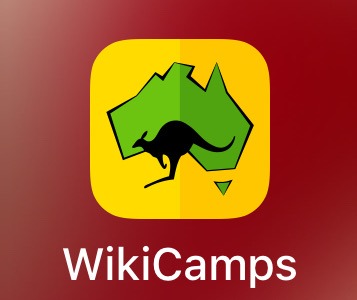
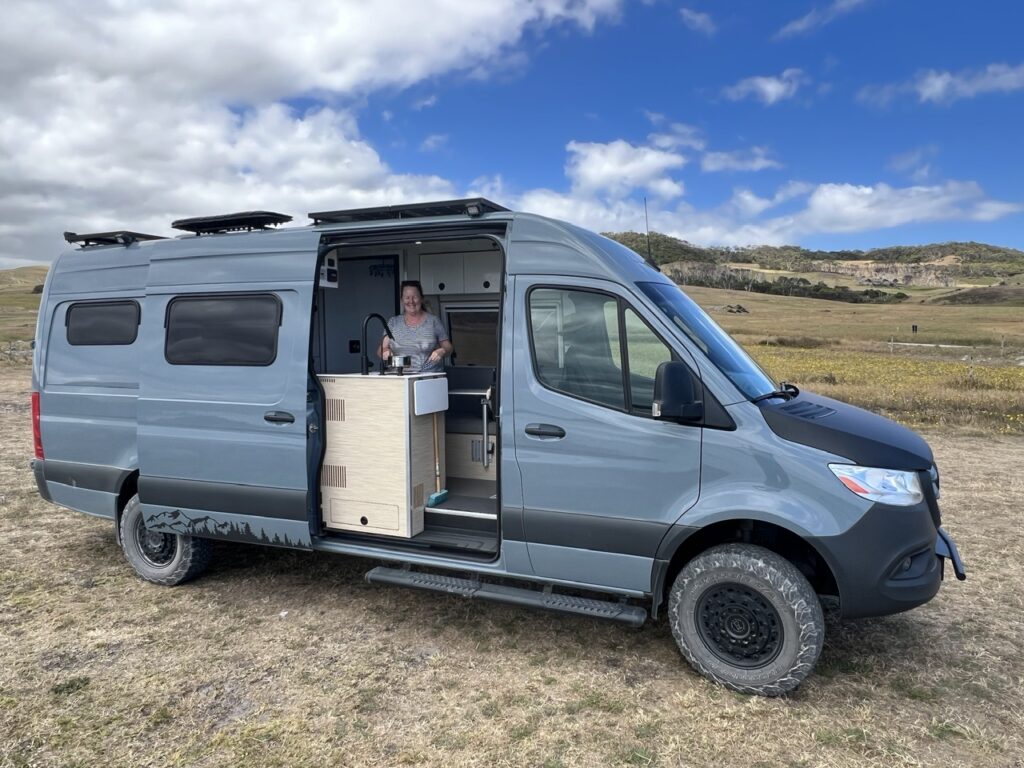

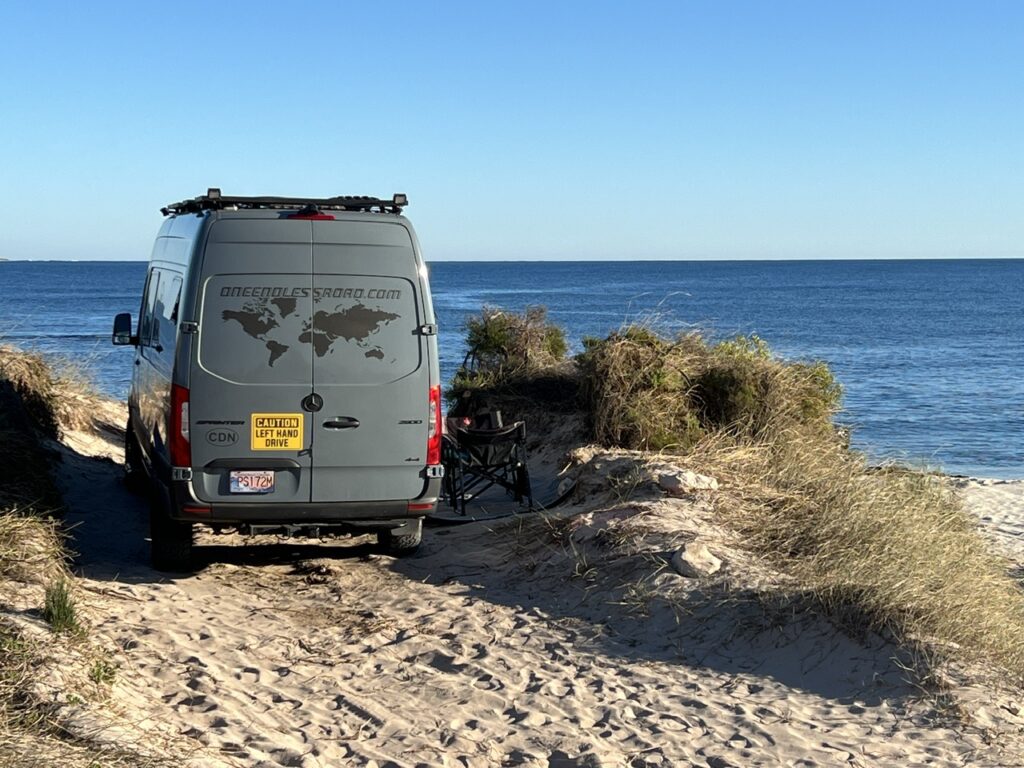
Curiously though, no large, national supermarket-type chain ( a la Walmart ) in Australia offers the free overnight experience that North Americans can fall back on (when all else fails !) with a Walmart, Cabelas, Cracker Barrel etc type experience. Not sure why, no one could tell me, but given the smorgasbord of other free camping options it’s not a huge loss (with the exception of big cities where free camping options are definitely more scarce in Australia). As I have indicated often in previous blogs, you can find literally EVERYTHING a camper would want on “Wiki”. If you are reading this you will likely have been following our blogs and I often made reference to places we stayed at, both mainstream and ( occasionally ) the more unique. Both Lois and I would agree that the ease of camping helped enormously to make the trip so easy and enjoyable overall. Almost never any “drama”.
The Roads:
Main roads are of good quality and even the secondary roads have improved greatly over the years. Outback dirt tracks ? Well, they can be pretty rough ! Tolls are only common in Sydney, Melbourne and Brisbane and you can get by without them. Roads are well signposted, speed limits are reasonable, just remember, STAY ON THE LEFT ! The same as driving in the UK. It always helps when there are two in the car and most would be travelling in pairs at least so the extra set of eyes definitely helps with navigating generally.
Overseas visitors do need to be aware of speed cameras. You can be caught speeding ( or make some other infraction ) and not know it until your bill comes in the mail or you get a follow up bill from the vehicle rental company. These can be VERY nasty and, as I have mentioned before, you can ( and people do ) get multiple fines before you ever learn of the first one ! You have been warned. Not a system I like particularly ( give me a good old cop with a radar gun any day ) but, knowing about it in advance, we simply always carefully stayed under the limits ( easy in a van, we did not usually drive fast anyway ).
Fuel is good quality, ( called petrol in Australia, not “gas” ) and we never got any dirty fuel, even in the outback. All diesel is ULSD and lots of vehicles in Australia use it, it’s as prevalent in Australia as it is in Europe. Filling up differs slightly in that Australians customarily pay for their fuel after they have filled up.
Sights:
Australia has a great selection of attractions – we had no problem spending a year looking and some spend even longer. It all boils down to one’s personal tastes. I have commented on all of them as we travelled through so won’t rehash here, but I will add a few random thoughts. Every town, even most small ones, has a visitor information center almost always staffed with friendly, knowledgeable locals who delight in helping travellers out. Maps, guides, and brochures are generously provided at no charge and clean washrooms are almost always on hand. We found this service consistently amazing. Many beachside communities also offer free barbecues so you can cook up what ever you like while enjoying the beach. Yes, propane is included, free.
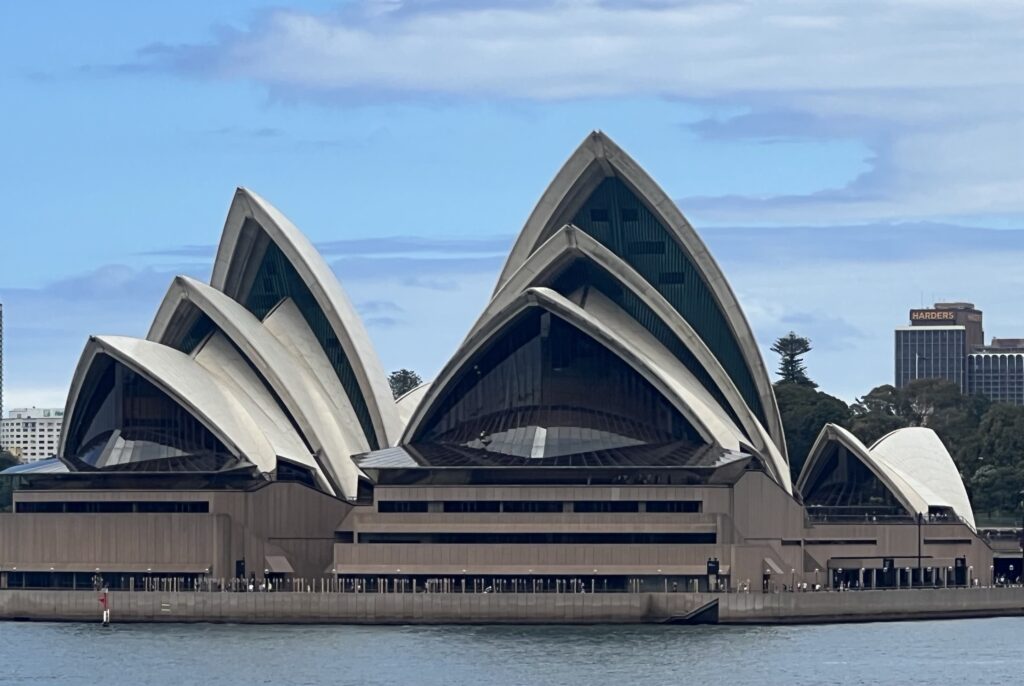
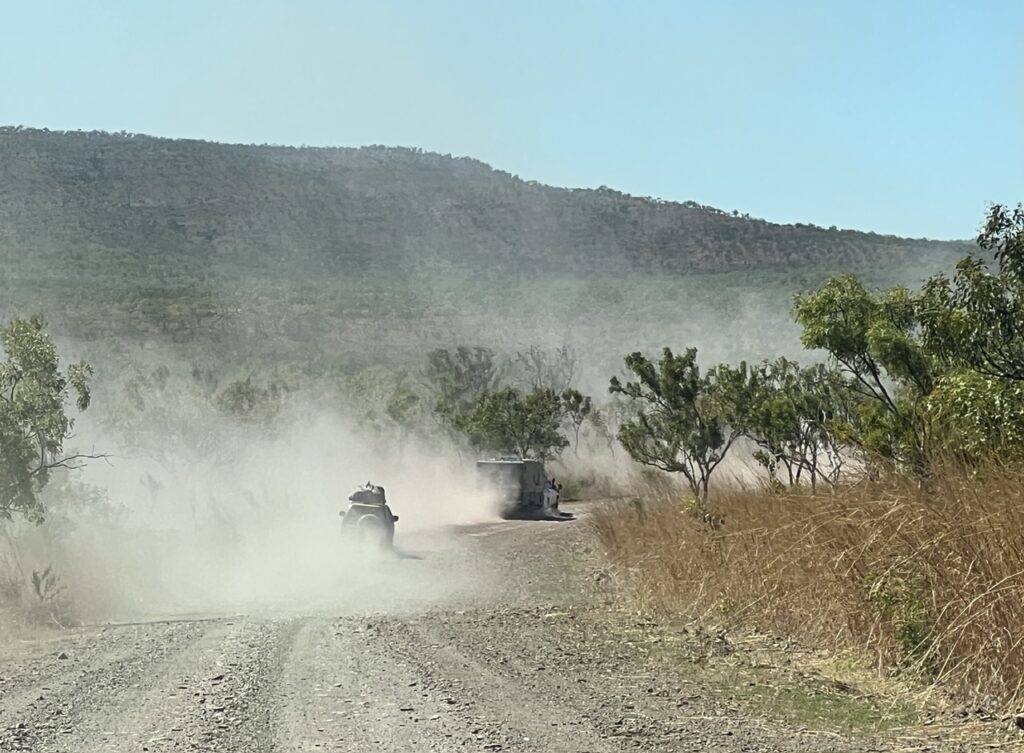
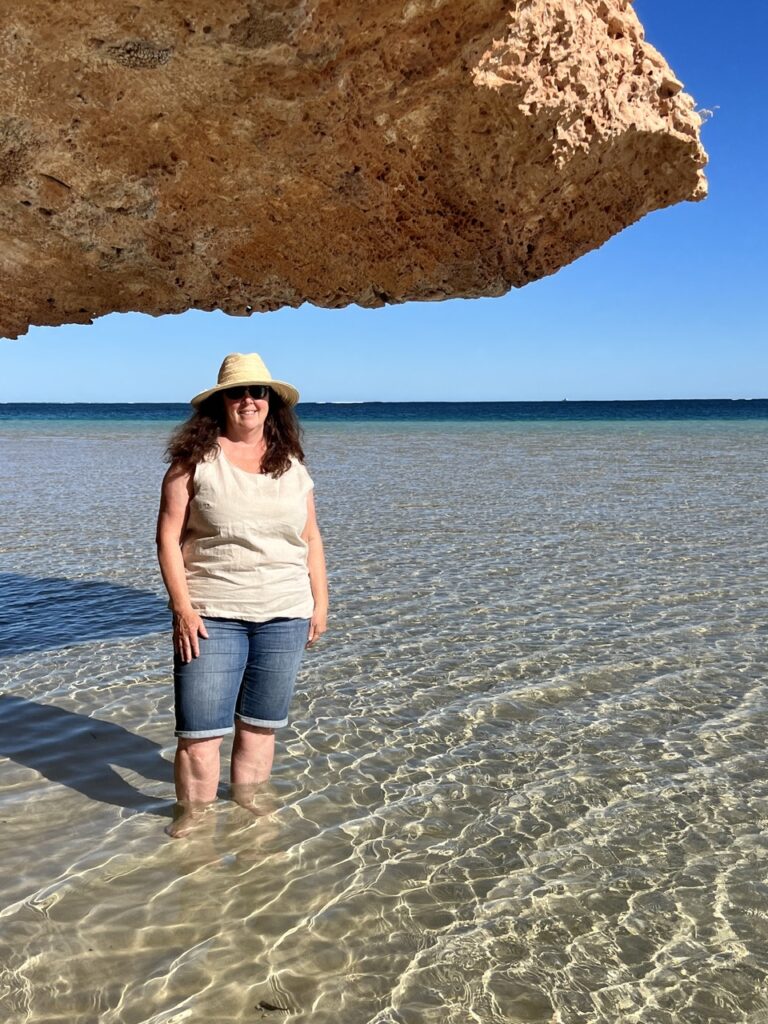
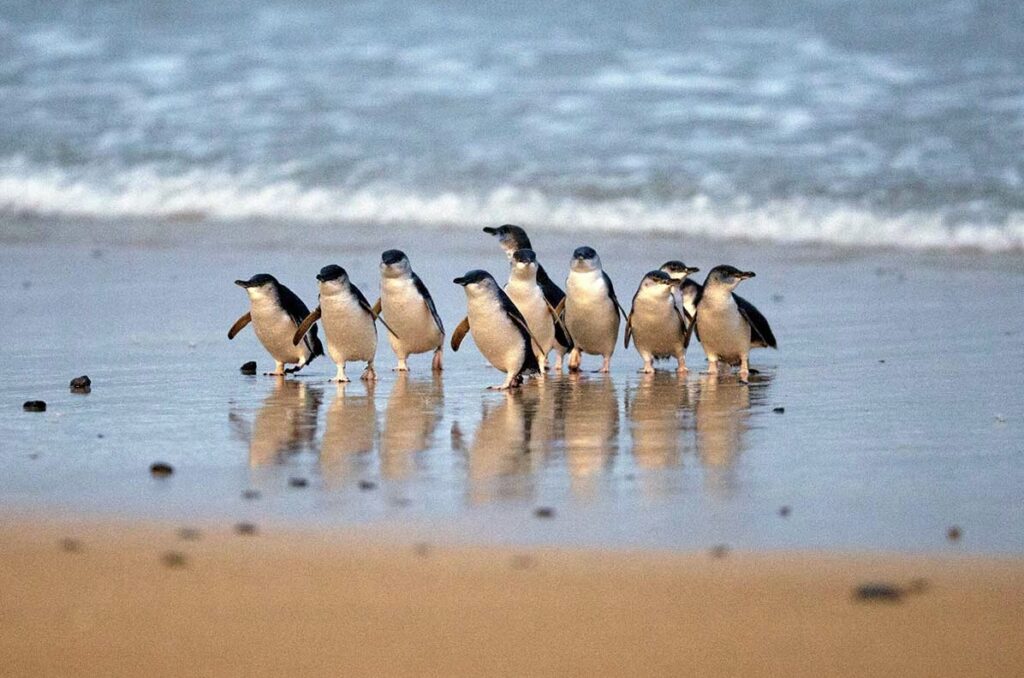
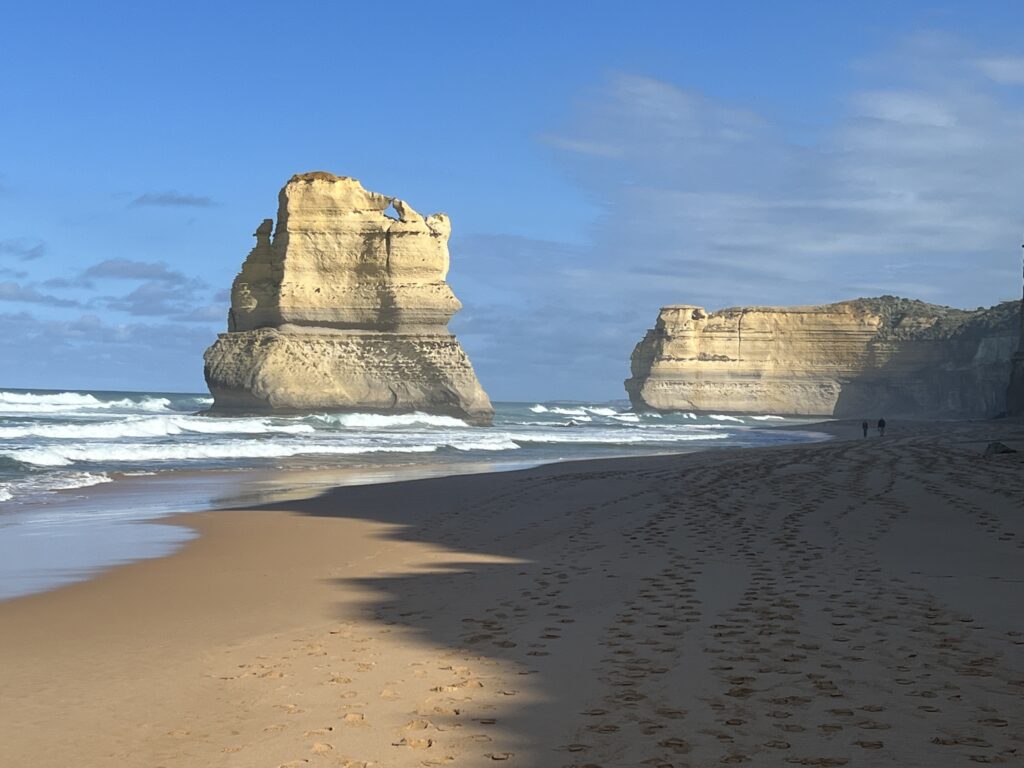
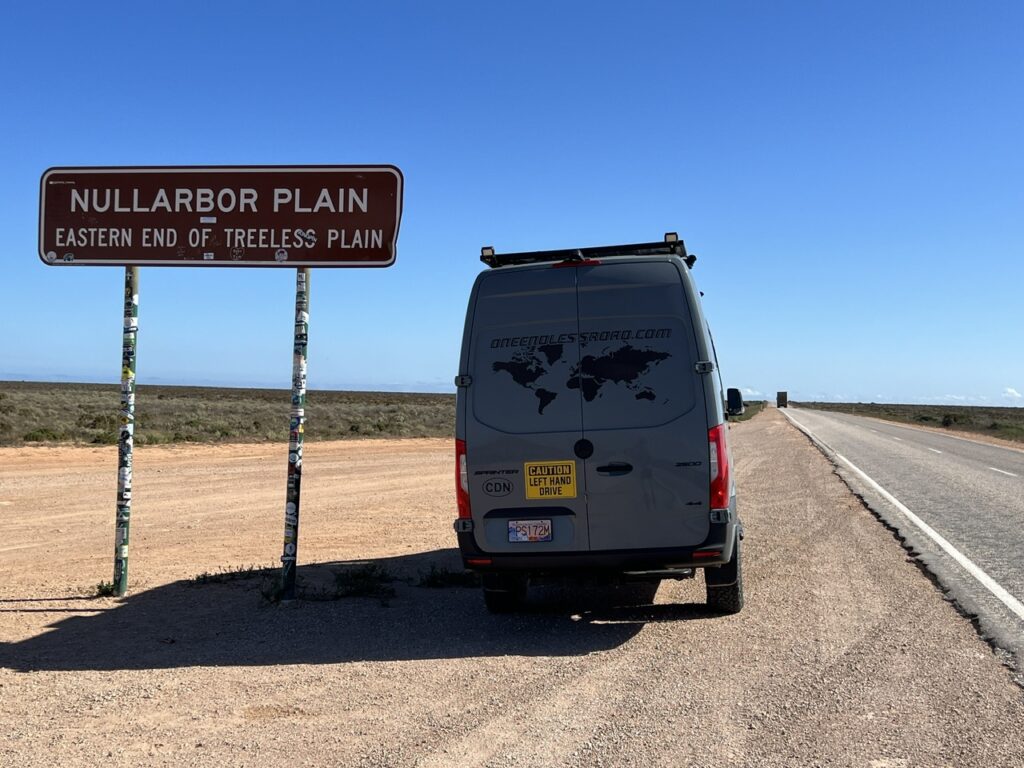
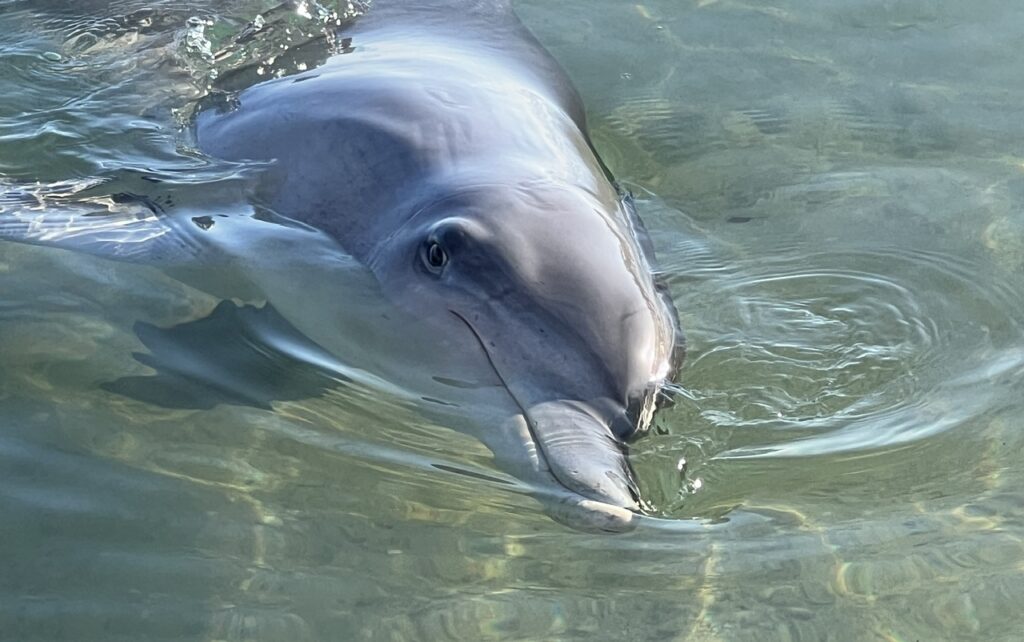
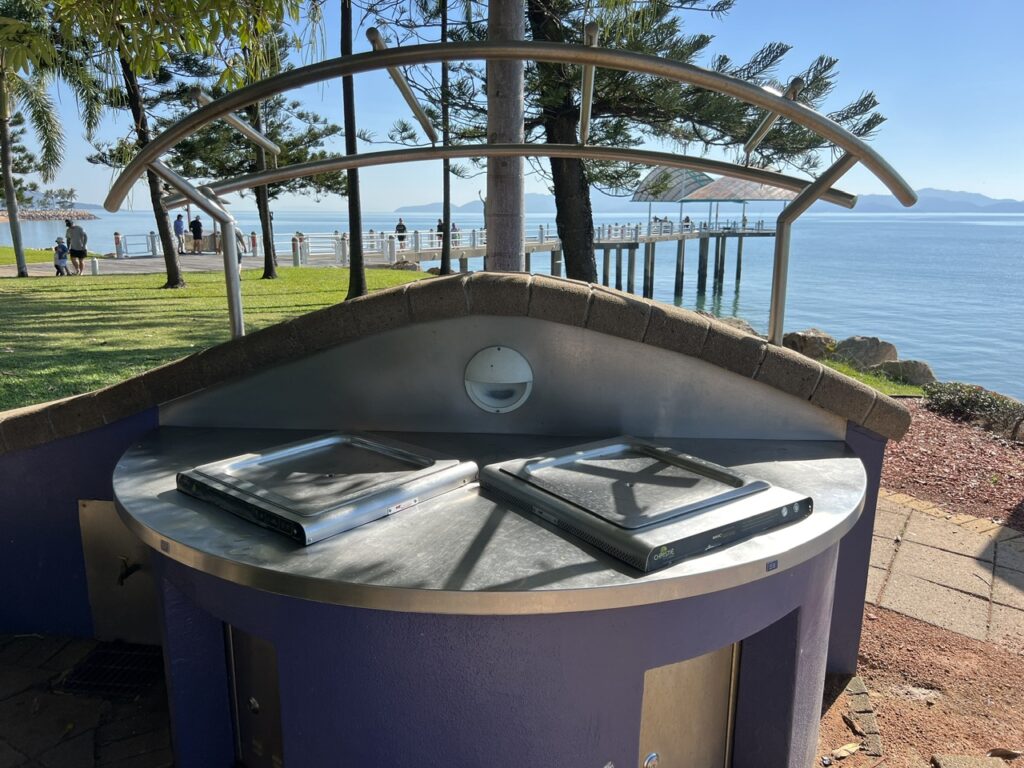
Admission fees to sights can vary from free ( National Museums for example ) to ocassionally expensive but most things are in line with what you’d pay in Europe or North America. One thing we did find a little bit inconvenient was National Parks passes. The parks themselves were great, often stunning in fact, but ( despite the name “National” ) park passes are only sold state by state. Yes, you need one for NSW, another one for Victoria, another one for Queensland….and on and on. At $70-80 for a vehicle ( average cost ) in every state, it can get costly. An annual National Parks pass in the US for example ( giving access to all 50 states ) is $US80 for comparison. The Canadian version is about $US115 but both cover every national park in the country. A truly “National” parks pass would make a lot of sense in Australia, alas, not available yet to my knowledge.
Communication:
Everyone, and I mean EVERYONE in Australia has a “mobile” phone ( the term “cell” is, of course, understood but always generates a bit of a giggle ). SIM cards are cheap, (if not free), and pay by the month Data/Voice/Text plans are widely available from multiple vendors. Coverage in the cities and major towns is excellent however it can be sparse between centers in the outback ( as we’d been warned ). It’s amazing how many Australian RV travellers have their own Starlink dish ( paying about $170AUD/month ), especially those who spend serious time in the more remote areas where cell phone coverage is often nonexistent. We often wished we had one !
While Wifi is available in all malls, McDonalds, Starbucks etc as you would expect, it’s not as common in every coffee shop or small business as it is abroad. Inconvenient on occasions, yes, but we simply purchased more data from our supplier- it’s pretty affordable. We got some odd looks when we asked some of the small local cafes if they had wifi. Very few did.
Summary:
So that about covers the issues that most matter to would-be travellers. In addition to the above, as we travelled around we were reminded of some of the customs and practices in Australia that will delight visitors ( especially those from North America ). Tipping is not required ( though it’s never refused ! ) and posted prices in stores represent the actual price you will pay ( taxes are always included in the price ). Almost 35 years of living in Canada (and of travelling often in the US) and I still find the standard practice of adding embedded taxes at the point of sale just odd. I have no idea why it’s done that way. That said, Australia has the odd inexplicable thing, too; why, for example are we not allowed to turn left at a (red) light when there is no traffic coming ? Not sure, but you definitely can’t !
Lois and I truly hope that this closing blog on Australia provides some value to our readers and that at least some of those who have followed our travels “Down Under” through 2023/24 will, at some point find the opportunity to explore the country for themselves. It’s been an incredible experience for us, it offers so much to the visitor and, in what is currently a rather troubled world, offers a fun, safe, and adventurous option for those with a passion to explore.
We’ll now take a few weeks off ( at least ) while we enjoy some family time back in Canada and return to our blog as the ship carrying our van nears its next destination.
Till then………

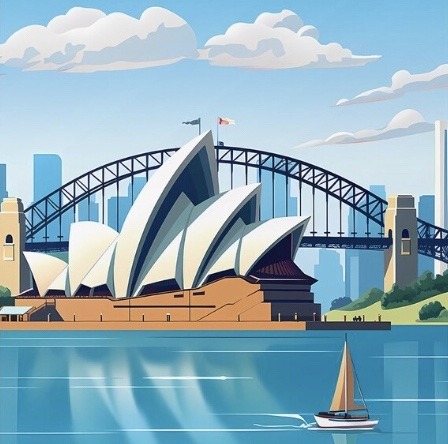
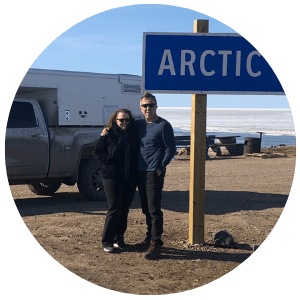
Welcome back! Excellent information. How well would you say the Mercedes held up mechanically?
Thank Chris.
Overall, very well, and bear in mind that we threw some pretty savage roads at it. The broken fog light, blown tire and damaged tie rod were all due to where it was driven ( driver related, basically ). The EGR valve was replaced ( under warranty ) and is a problem common to all modern diesels ( several Toyota people told me it affects their diesels, too – and Aussies would walk over hot coals to get a Toyota diesel !). The fuel economy was very reasonable for the load and conditions and all the other “wear” items ( brakes and so forth ) have so far been trouble free. May it forever be thus !!! Lol
Thanks so very much for letting us travel vicariously through you. We hope that can happen again on your next trip.
Hi Abe,
Well, I don’t know how vicarious it’s been but certainly a lot of fun ! Nice to hear from you. We are really looking forward to the next segment….stay tuned 😊
Glad you enjoyed Australia Jeff. How’s the souvenir wheel brace working?
Hi Warren,
So nice to hear from you ( we still tell people the tale of you saving us on Cape York – we will never forget it !! ). Re brace, fortunately we have had no further need to do anything with wheels or tires ( other than replacing ALL the tires while in Melbourne just before we left). We stuck with KO2’s. I did buy a heavy duty wheel breaker bar per your advice ( and a 17mm socket ! ) so now have the right tools at least.
Are you guys still on the road ? I hope all is well – we are home in Canada now but expect to be back with our vehicle around late March. Our van was loaded on the ship yesterday and it should sail later today- wish us luck !!!!
Cheers !
Jeff
Hi Jeff and Lois,
Would you feel like a game of tennis when back in Kelowna?
Thanks for your well written travel stories.
Hi Hans,
Yes available now for the next few weeks…..you know my number !
Enjoy your time with your family! Take care and thanks again for sharing in your travels.
Ed and Mae
Thanks guys, the pleasure was all ours ! Hopefully you’ll visit Kelowna sometime soon, if not, I know you’ll enjoy Mexico next month !
Amazing pics! Your van looks so roomy – love that the cook has a view!
Thanks, Patti. Yes the van is quite roomy. Having that sliding door open when we are cooking and have a nice view is always nice – we’ve actually really loved the whole layout.
Cheers,